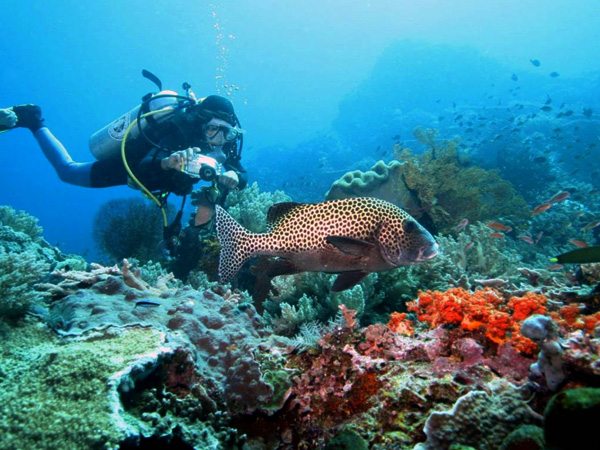Diving In Indonesia
The spectacular variety of
marine life is what keeps
divers coming back.
Featured Dive Destinations
Diving In Indonesia
Diving in Indonesia can be the fulfilment of a dream or fantasy when a diver imagines tropical diving. Synonymous with diving in Indonesia are – warm waters, stunning corals, colourful reef fish in swarms along dramatic walls, crystal clear visibility and endless Pelagics. Even at the worst of times, diving in Indonesia is an infinitely preferable choice elsewhere. Indonesia’s spectacular underwater world includes some of the best diving on Earth. The diversity of Indonesia is startling, in its geography, in its culture, its biodiversity and the bounty of its seas.
The spectacular variety of Indonesia’s marine life is what keeps divers coming back. From the smaller ones to the bigger ones like Napoleon Wrasses, Giant Groupers, with sharks and rays, tunas, barracudas, and mackerels. Exotic species such as the Leafy Scorpionfish, the mythical Mola Mola, Whales, Dolphins and even the endangered Dugongs. Even the primeval Komodo Dragons can be seen in the waters of Komodo National Park.
Indonesia’s corals are as dazzling and varied as the marine animals they support. From Gorgonian Sea Fans to the flower-like Tubastrea, there is an endless species of corals, both soft and hard. Sponges, anemones and bright-hued algae all add on to the underwater sceneries. Diving in Indonesia is definitely more than what the glossy magazine and brochures display.
The climate in Indonesia is straightforward, with a dry and wet season, with the best season to dive being the dry season. For most parts of Indonesia, dry season falls from April to October and the wet season between November to March. They tend to build up to a peak at then taper off gradually nearing the end of the season, so good diving in Indonesia can still be found at the beginning or the end of the season.
[expand title=”Read More”]
There is some geographical variation, however, in the intensity of the wet season, with the major anomaly being Maluku province, where rains come between April and July and the dry season from September to March. Water temperatures in Indonesia are generally around 29 Degree Celsius but it can dip to as low as 22 Degree Celsius with localised upwellings.
Diving in Indonesia also becomes more and more exciting as more and more destinations are being explored. It will be many more years before diving in Indonesia reaches its full potential. Travelling might be tedious in some places, but it is worth a visit definitely. Experienced divers will be excited with the prospects of diving in crystal clear and pristine waters out there somewhere without a horde of human beings and boats. [/expand]
| Currency: | Indonesian Rupiah (IDR), (Rp) |
| Language: | Bahasa Indonesian |
| Capital: | Jakarta |
| Electricity: | Two-Pin European Plug |
| Government: | Unitary presidential constitutional republic |
| Timezone: | UTC +7 to UTC +9 |
| Calling Code: | +62 |
| Network Providers: | Telkomsel, XL Axiata, Indosat Ooredoo, Hutchison 3G |
| National Airline: | Garuda Indonesia |
The islands of Indonesia are spread across in an arc of 5000 kilometres long, from mainland Southeast Asia to Papua New Guinea. There is no exact number of islands that are known in Indonesia, however, the most commonly offered number is 13 67, with only approximately 6000 named and only about 1000 of them are inhabited. There are more and more islands being discovered, to date, there are more than 18 000 islands recorded.biodiversity and the bounty of its seas.
We can safely declare with confidence that Indonesia is the largest archipelagic nation in the world, with more than 80 000 kilometres of coastline and 3.1 million square kilometres of territorial waters.
Indonesia is also the world’s fourth largest nation with a burgeoning population of 200 million inhabitants. The majority of the population are Muslims, with Christian and Hinduism minorities. Racially, majority of Indonesians are Malayo-Polynesian, with Chinese and Papuan minorities.
Amongst the hundreds of languages spoken in this nation, the lingua franca of trade is Bahasa Indonesian, which is a variant of Malay.
The staggering biodiversity hardly comes as a surprise when you know how big the country is: superimposed on a map of the western hemisphere, Indonesia would stretch from New York to Paris, with the most parts of it made up of water.
Indonesia is comprised of more than 18 000 small islands, from uninhabited islets to landmasses that are bigger than many countries in the world. The coral reefs in Indonesia contain ten to fifteen percent of the world’s coral reefs. There are many more locations that are being explored and developed, with infrastructure on its way to support the growth of the diving industry.
At sea level, Indonesia’s islands boast beaches that would rate amongst the world’s finest. Between the mountains and the seas, each island has a unique geography; from the flat and fertile lands of western Sumatra, the parched and arid land in Nusa Tenggara to the lush tropical rainforests of Kalimantan.
Indonesia’s natural architecture brings you stark volcano peaks, rolling green hills, endless sparkling beaches, wave-swept cliffs; desert islands, huge, swollen rivers that are full of life, and not forgetting the oceans and the seas with its treasure trove of marine life.
Indonesia’s rainforests, mountains, and natural attractions provide great land activities for you to explore as post-dive trip activities.
Indonesia has a classic tropical climate, with only two distinct seasons: the dry season and the wet season. Temperatures do not vary too distinctly with the seasons, though the showers and the rain during the wet season will cause a decrease in temperatures.
The northwest monsoon, depending on the area, usually starts between late October and late November, ends between March and April, bringing rain and wind.
The southeast monsoon, brings wind and much less rain, begins around late April to late May, and ends in early September. The period in between monsoons bring generally good weather and calm seas, falls just about everywhere in the archipelago in October and April.
The worst of the rainy season in most of Indonesia is December and January. Take note, however, the weather pattern in Maluku Province is out of sync with the rest of the country, with the worst seasons in July and August.
Indonesia is served by direct flights from all over the world. The national carrier, Garuda Indonesia, has the most connections. Many other international airlines also fly into the major Indonesia cities. Jakarta and Denpasar, Bali are the main gateways for long-haul flights. As Indonesia opens up for land development, tourism and foreign investment, many places are increasingly being made accessible for flights.
Other than flying, Singapore and Malaysia are good entry points by sea. Travellers who are in these two neighbouring countries, there are many liveaboards that travel from Singapore to Indonesia for the sole purpose of diving in Indonesia.
Vaccinations for typhoid, paratyphoid and tetanus are all recommended; these three are usually combined into one vaccine called TABTA. Cholera and polio vaccinations are also recommended. Anti-malarial medication are advised before departure. Consult your local travel clinic or your doctor for more information and advice for the most up-to-date information on this issue.
For travellers based and setting out from Singapore, you can contact Tan Tock Seng Traveller’s Clinic.
Diving Destinations in Indonesia
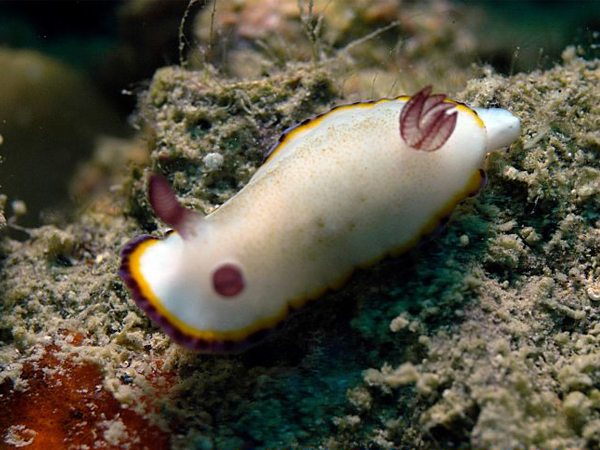
Diving In Bintan
One of the closest diving destination, only forty-five minutes away from Singapore, Bintan offers good diving in shallow waters. Diving in Bintan is made convenient and comfortable with the infrastructure and facilities that are present on the island. It is largely undiscovered and many sites are waiting to be discovered in Bintan. The shallow bottoms are great for beginners and new divers, yet there is plenty to keep the keen-eyed, experienced divers entertained.
A galore of subbranch and flat-worm, awaits you. The visibility of the waters, even though not great, are full of life. Nudibranchs and flatworms, of unusual colours and abundant. Anemones and clownfishes enliven most locations. Shrimps and crabs come out of their lairs to explore the surroundings to scavenge for food, but you have to keep your eyes peeled for them as they might be mostly camouflaged. Seahorses, crocodile fish, banded sea snakes and leopard sharks might be just around the corner.
Hard corals are aplenty in many areas and in great conditions due to the number of divers. There are perhaps only two active dive centres on the island. Tridacna clams populate the waters in hallucinogenic colours and patterns, in the 25 – 60 centimetres range.
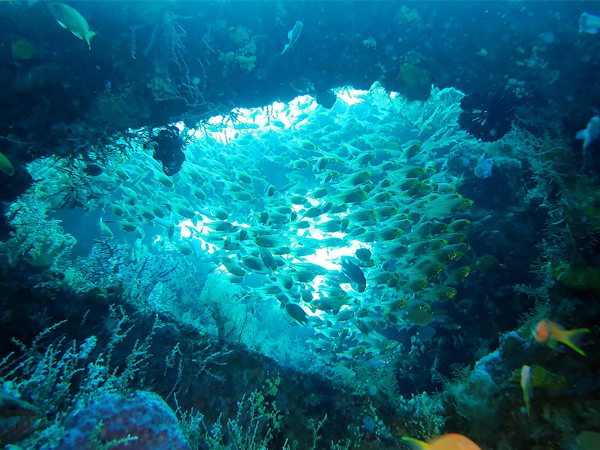
Diving In Bali
Bali has been a well-known diving destination in Asia. Visitors are drawn to the balmy climate, the lush green rice fields, white pristine beaches and the mysterious Hindu-Balinese culture. Accommodation are easy to find, with different ranges of hotels available. August and September are the high seasons, make sure that you plan well ahead in advance if you intend to travel during the peak seasons. There are five main areas in Bali for diving; Nusa Dua, Sanur, Nusa Penida, Padang Bai and Candi Dasa; Cemeluk and Tulamben; Pemuteran and Menjangan.
Each area offers dive locations for novice, intermediate and advanced divers. Different areas have different types of dives. Nusa Dua and Sanur is shallow and is easy to dive. Nusa Penida requires longer boat rides, has strong currents and surge make conditions tricky and waters get cold here but pelagic life is rife. Candi Dasa and Padang Bai are shallow and undemanding, with occasional mild currents. Cemeluk and Tulamben have excellent coral walls with many species of fish. Pemuteran and Menjangan offers a variety of rich bank reefs, with excellent walls and very clear waters.
Pick your accommodation in the south – Kuta, Sanur, Nusa Dua, where most would choose to be based at because of convenience. Tulamben is not easy to get to if you want to stay in these areas, there are resorts in the area, away from the hustle and bustle of town.
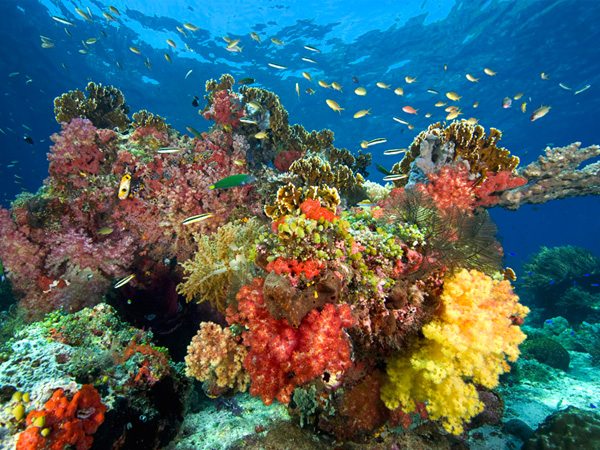
Diving In Manado
A few kilometers offshore from Manado lies the Bunaken Marine Park, a marine reserve of 75000 ha around the islands of Bunaken.
It is an acclaimed dive destination visited by international community of divers all over the world, especially entranced by the magnificent wall diving. North Sulawesi and the Bunaken group of islands face the Sulawesi Sea, which reaches out for more than 6 kilometres. The nutrient-rich waters are carried across the depths of the deep sea into the Bunaken Marine Park.
The variety of marine life here is excellent; the surface is crowded with hard and soft corals, whip corals, sponges and filter-feeders like crinoids and basket stars. Huge schools of pyramid butterflyfish and black triggerfish, sharks, schools of barracuda, rays, moray eels and sea snakes, are relatively common here.
Beginners would find the ease of conditions comfortable for them as currents are mild here. Boats are usually anchored at the edge of the walls and diving groups are usually kept small. Visibility is around 25 metres but sometimes it can drop to 12 metres when there is more plankton in the water. There are plenty of resorts in the area that serve Manado. With an airport that serves direct international flights from all over the world, diving in Manado has not been any easier and more convenient.

Diving In Lembeh
One of the world’s top class muck diving destinations. A mere 45 minutes away from Manado, it is deemed as the mecca of muck diving. Lembeh Island, parallel to the coast of Sulawesi, creates a calm channel, protected from both the northeast and southwest monsoons. Prevailing currents through the area are also concentrated on the Strait, bringing a rich supply of plankton.
Visibility here ranges from 10 -15 metres, but if you are enthusiastic about rare and unusual creatures, such as seahorses, mandarinfish, squid and octopus, nudibranchs, scorpionfish – this is one of the best sites in the world. The list is endless with inimicus devilfish, pegasus sea moths, frogfish, flying gurnards, wonderpus, mimic, blue ring and coconut octopus, flamboyant cuttlefish, hairy frogfish, Ambon scorpionfish, ornate ghost pipefish, ribbon eels and many other species.
Underwater, the sites are usually shaped like a large bowl that is only 10 metres deep and about 20 – 50 metres across. There are no big fishes here, but the variety of smaller species is very good. None of the dive sites here at Lembeh is more than 30 minutes away by boat travel.
Lembeh’s status as a muck diving paradise has attracted many dive operators to set up establishment here. Just forty-five minutes away from Manado Airport, this area is populated with different levels of resorts; muck diving has never been more convenient and comfortable.
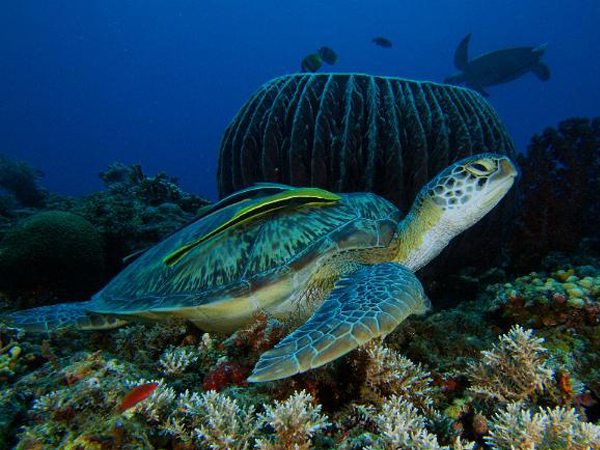
Diving In Lombok
Lombok, located just east of Bali, the offshore islands (gilis in the local language) are ringed with beautiful coral reefs, home to a variety of sub-aquatic creatures such as sharks and plentiful turtles amongst the tropical reef fishes.The three Gilis being Gili Trawangan, Gili Air, and Gili Meno. Also home to the majestic Mount Rinjani, Lombok has a special place in global ecology.
Lombok lies in the “border” that divides the Asian ecosphere, eastward from the Wallace Line. The area’s reefs are in excellent conditions. The dive sites are very easy to reach, especially from the Gilis, even the furthest sites are just a few minutes away by boat. Water temperature and clarity are both good, with average visibility consistently around 20m mark and temperatures around 26 degree celsius.
The Gilis are ringed with beautiful coral reefs, that is home to a variety of sub-aquatic marine animals, with sharks and plentiful turtles and schools of tropical fish. The reefs in the area are excellent, with a range of corals and fish life.
Within its borders also lie Gunung Rinjani – rises just a few kilometres from sparkling beaches more beautiful than anything Bali could muster. The dense forests in the mountainous north are home to numerous wild animals, including monkeys, civets, and a huge range of birds.
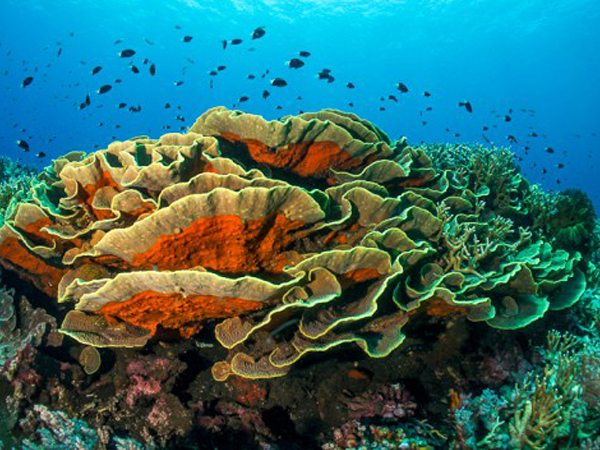
Diving In Banda Sea
Known as Spice Islands, The Banda Islands are one of the most intriguing islands in Indonesia. It is rich in cultural history and were once the prize
of power struggle amongst the international communities. The eclectic mix of architectural buildings on the streets is a stark reminder of her glorious past, where churches, colonial buildings, mosques stand side by side.
The Banda Islands is made up of seven islands, spread over a 30km of ocean, with Banda Neira being the main island. This is the jumping-off point for diving in the area and the centre of accommodation. Gunung Api is the volcanic pinnacle amongst the inner islands, till now, you could see the remnants from the 1988 eruptions.
The range of sites here are fantastic. Tunas can be seen on every dive along with other pelagics and possibly the best reef fish population in Indonesia. Hammerheads are seen here in October and November. The growth of soft corals here are amazing. Reef profiles here encompasses every single option that you could think of, with conditions from the extreme – from howling currents to flat and calm seas.
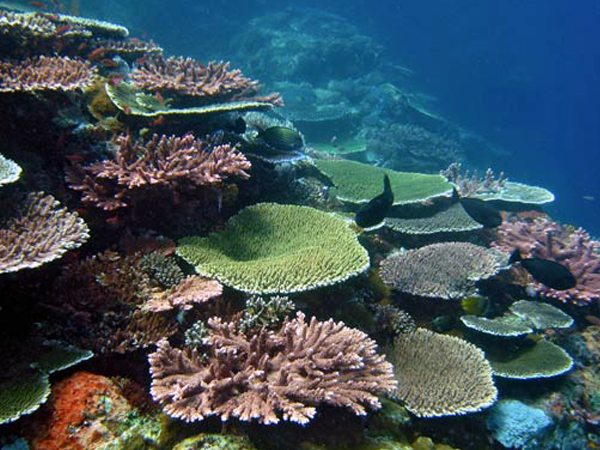
Diving in Komodo
Only 2 hours and 30 minutes time of travel from Singapore would lead you to one of the greatest diving destination that offers the experience of a lifetime. Diving in Komodo is great for it has an incredibly rich marine life. Currents are usually strong on every dive site and diving in Komodo is mostly reserved for experienced and confident divers. There are however some quieter dive spots for beginners.
Numerous whitetip and blacktip reef sharks are present underwater. Grey sharks and hammerhead sharks are to be found as well. Clownfishes and anemones liven up most part of the island. Pelagic fishes like dogtooth tuna, giant trevally, and barracuda makes diving more entertaining. Manta rays can be spotted all year round but the best time to see them is during the rainy season.
There is also a teeming reef life with a myriad of fishes. Different kinds of coral of many colors surround the island, and even in shallow waters, offering wonderful diving opportunities. Though diving in Komodo is possible all year round, the best diving conditions run from March to October.
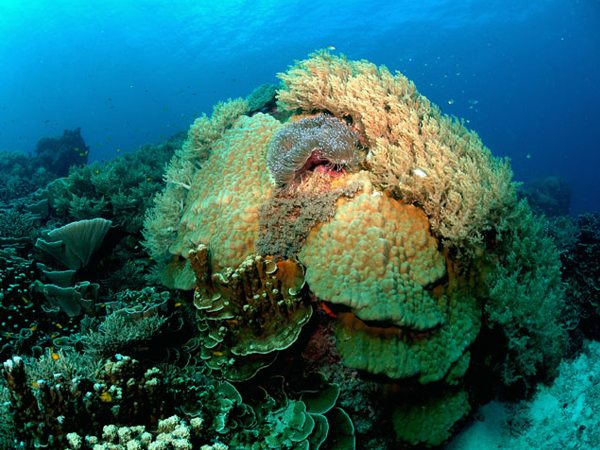
Diving in Anambas
Nestled in a small archipelago of Indonesia is the tropical islands of Anambas located in the South China Sea. Covering 46,667 square kilometers, it has a total of 255 islands in which 26 of them are inhabited. CNN recognized Anambas as one of the most beautiful tropical island in 2012.
The islands boast scenic views of blue warm sea, rows of palm trees grow on its white sand, azure lagoons, bending coconut trees and conserved beaches with spawning sea turtles that made the shores of Mangal and Keramut Islands their home. All islands of Anambas have white sand beaches and sea front lodges that gives the best angle to let you appreciate the nature’s gift even more.
Anambas Islands are gifted with indigenous marine life and offers exciting opportunities for divers to explore its underwater world. Each island provides glorious spots to enjoy snorkelling, island hopping, fishing, trekking and scuba diving. Diving in Anambas allows you to discover schools of fishes, pods of dolphins, large strange coral reefs and get a chance to encounter blacktip reef sharks, mantas, turtles, and even whale sharks.
Take a peek on the most attractive island in Anambas which is Pulau Bawah being well-known for its protected lagoons, clear blue water and white corals. This splendid beauty never ends, enjoy a panoramic view of the giant waterfall inland too. To complete your itinerary visits the underwater reefs of Tokong, Berlayar, Malang Biru Island, Katoaka reef and Acasta Reef.
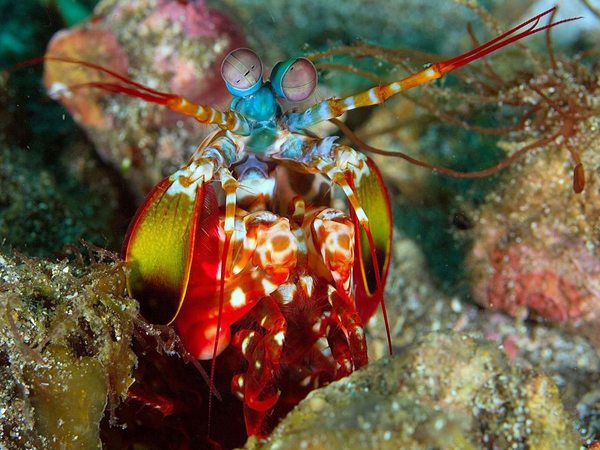
Diving in Ambon
Explore and be amazed by one of the best diving spots in the world as the Ambonese curves their smiles as they greet you when you arrive at their isolated island in the east of Indonesia Despite of its remote location, getting to Ambon is very simple.
There are airlines offering scheduled flights every day to reach the place. Ambon Island is part of Maluku Province which is known as the Spice Islands back in years. Divers who are looking for memorable experience would love to try Ambon as their destination. It is, in addition, the best place for people looking for some space away from the crowd because of how untouched this place is.
You can pack up around the end of February to early May and from the end of September up to early November because in this time you could enjoy diving at its best weather condition given that Ambon’s location is between the central and the north; making the weather unpredictable.
Famous for world class diving experience, it offers amazing sightings of wonderful creatures, incredible corals, walls and caves with the variety of marine animals such as frogfish, ghost pipefish, blue ring, hairy octopus, thorny seahorse, stonefish, inimicus, flamboyant cuttlefish, coleman shrimp and many more. Healthy reef life can also be photographed in the clear water of Ambon.

Diving in Raja Ampat
Just around the northwest corner of Indonesia’s west Papua Province lies Raja Ampat, an archipelago that covers about 40000 km2 of land and it includes more than 1500 islands.
Even though a remote area, Raja Ampat will be easier to reach via several airlines, a flight from Jakarta, Bali or Singapore to Sorong.
What Raja Ampat worth visiting are the abundant marine creatures over 1200 fish species, 600 coral species, and 699 mollusc species– all record holder. Wobbegongs, a specie of shark, turtles and large group of manta rays are just common view for the divers. And if in good timing, dolphins and whales passing by can give you an unforgettable experience by having a sight of them. Rare species also diverse in Raju Ampat, examples are pea-sized frog fish and pygmy seahorses, a challenge for macro-photographers and the golf-ball sized Blue Ringed Octopus. Cuttlefish, frogfish, shrimps, squids, sweetlips and a lot more are just roaming around the area.

Diving in Nabucco
Flights away from Singapore and Indonesia lay an island in the middle of nowhere named Nabucco. Nabucco Island is located inside Maratua Lagoon, just over the border from Sabah, Malaysia in Indonesian Borneo. From Singapore or Bali and Jakarta in Indonesia, take a flight to Balikpapan and once you get there, you can take a quick flight to Berau where a speed boat awaits.
Nabucco is well-known for its abundance in Manta Rays, especially in Sangalaki. This island has 500 types of hard and soft corals resided by different kinds of fishes. Striped Catfish, Scorpion Fish, Trumpet Fish, Crocodile Fish, Unicorn Fish, Batfish, Lionfish, a variety of reef fishes, and a plenty of Clownfish are just some of the marine creatures that you might encounter here. Non-stinging jellyfishes will leave you in awe as they swim with you. Different sizes of turtles also swim across the water, including the endangered Green Turtle. Sponges and Gorgonians, which are photograph-worthy as they glow bright red when light hits them, are also located in the area.
Nabucco is good for advance divers and photographers. Its weather condition is steady throughout the year; its wet season is between December and March and the rest of the year comes its dry season. The water visibility is said to be around 40-60 feet.
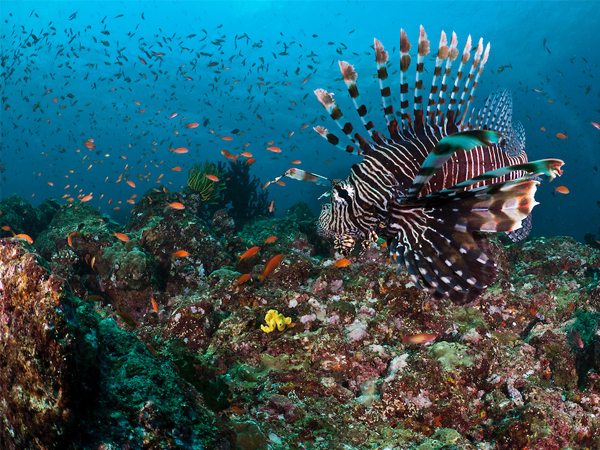
Diving in Pulau Weh
In the northwest of Sumatra, Indonesia, lies an active volcanic island named Pulau Weh, which is also commonly known as “Sabang”, the name of its largest city. This small island is frequently visited by many divers for it has the best scuba diving sites in South East Asia and in the rest of the world.
Getting to Pulau Weh is fast and accessible with regular ferries taking you 45 minutes to two hours, if you are from the mainland Aceh. You can also reach the place by air either by Medan, Kuala Lumpur, Penang and Jakarta. There is also a way to reach Pulau Weh by taking a bus if you are from Medan. That is how easy it is to get into this island.
You can enjoy a year-round diving in Sabang but the best and perfect time of the year for an awesome Pulau Weh diving experience is during the month of April to November. Having no monsoon, rainy season is sometimes transformed into a dry and sunny period. Going there in these best times is a bonus to enjoy the best diving experience.
Rare species can be photographed as well as diverse variety of marine life and bursting Coral Reefs. With the fact of having a healthy ecosystem, parts of the island were declared by the Indonesian Government as wildlife protection areas. This is a place where you can sight a rare Megamouth Shark and a place where the endangered Duttaphrynusvalhallae only lives. Different kinds of Reef Fishes, Sponges, Corals and Anemones, Starfishes, Echinoderms, Crustaceans, Sea slugs and many more can also be observed in the very clear waters of Pulau Weh – with visibility that can go up to 40-50 meters.
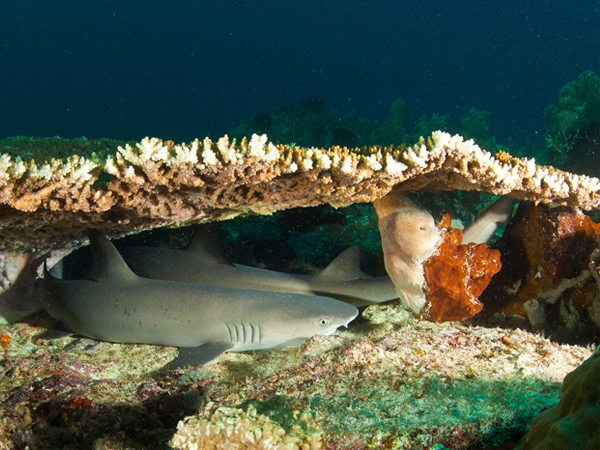
Diving in Bangka Island
Some of the best sites for diving are found in Indonesia. One is a small island, Bangka Island, located at the tip of Sulawesi, in the northeast. There are many reasons why it is visited by divers from around the world. The island offers them the best diving experience possible.
You can be easily connected to Bangka Island by air because there are flights offered in Jakarta and a number in Palembang. The western side of Bangka Island can also be reached through ferry that are available daily. As you go around the island, it is advisable to rent a motorcycle or a car.
Since Bangka Island’s rainy season is during the month of December to February, it is best to go diving between March and November though travelling to its common destinations can be done year-round.
Bangka Island is one of the best places in Indonesia to spot different aquatic animals, colorful Coral Reefs and crystal clear waters with visibility of 10-35 meters. There are so much activities you can do like underwater photography and snorkeling, aside from diving. If you are lucky enough, you will encounter endangered species like Dugong. Pipefsh, Anglerfish, Seahorses, Eagle Rays can also be observed aside from Sharks and Turtles.
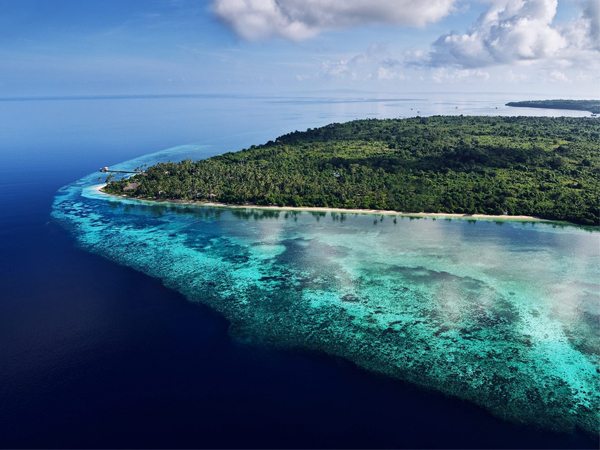
Diving in Wakatobi
Wakatobi, named after its four main islands; Wangi-wangi, Kaledupa, Tomia and Binongko, is a part of Sulawesi Indonesia. In order to get to Wakatobi, a flight to either Makassar or Kendari is necessary, then directing another flight to Wangi Wangi or to Bau Bau. A short boat ride is the last part to get to one of Wakatobi’s main islands.
Wakatobi is a very good subject for photography. It is known for its crystal clear water and sheer dropoffs and a variety of caves. Fortunate divers can also have an unforgettable experience with exotic and rare and marine life. Such creatures exist in the island as it is one of the most interesting and almost unexplored islands left in world. It is also known for having a virgin coral reef which homed large group of fishes. Large animals will swim with you – mainly Manta Rays and Whale Sharks. Starfishes and Jellyfishes are just around the area. And as you explore the island, it is common to see marine creatures like Clownfish, Pipefish, and Seahorses, among others.
The island has a large coral reef diversity. It is a diving destination recommended for beginners and advanced divers. Its water visibility falls 15-80 meters. Wakatobi is diveable all year round. December to February has the highest risk of rain, while March- May is the peak season for diving, as well as from September to November.


